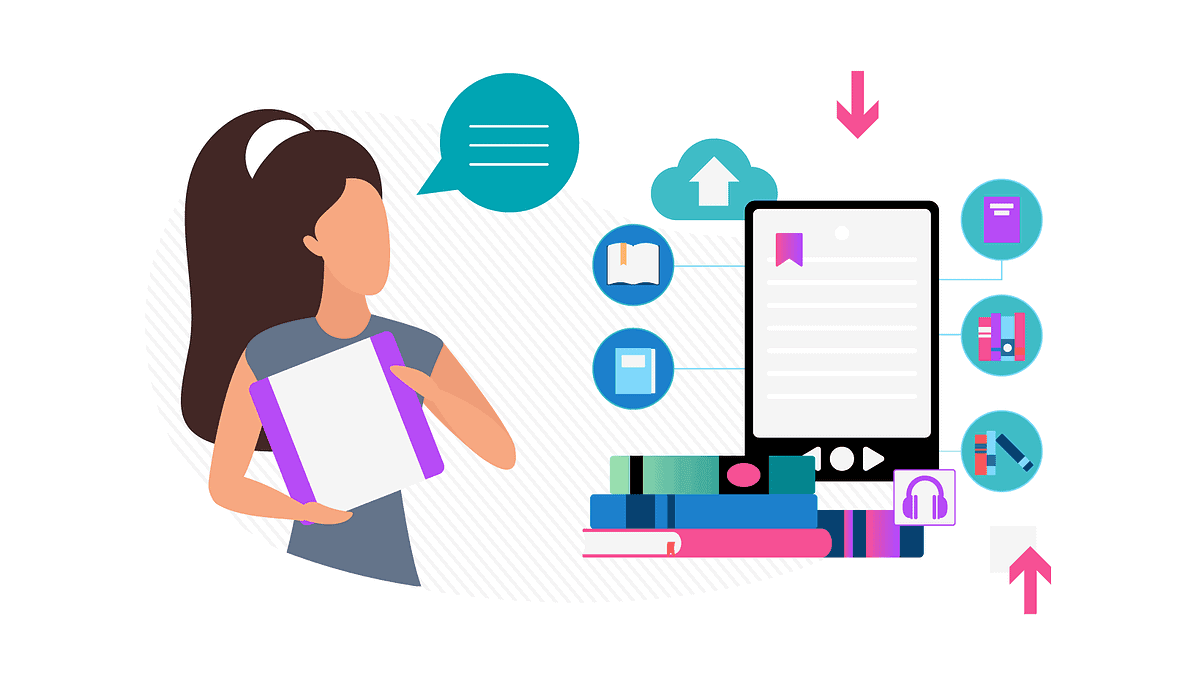When you’re a freelancer, managing client expectations isn’t always easy.
Often, they have one idea of how the end result is supposed to look, while you have a completely different one.
Somewhere in the middle, you and your client will probably be able to meet and compromise on the end result; but in the meantime, you need to know how to manage client expectations efficiently and effectively to get the end result that you both want.
Here are 6 points on how to manage client expectations as a freelancer:
Whether you’re starting a career in tech as a freelancer, web designer, or other digital smartie-for-hire, you need to set clear client expectations.
Set expectations up front
Don’t accept a project until you’re sure that you’re going to meet all of the criteria that the client is looking for, and make sure that you have a very good idea of everything that will be expected of you.
Before you get started on the project, hash out all the questions you have. Make sure you have a good picture of what the client is looking for.
Sometimes, you can’t handle everything up front, but you can develop a strong enough picture that you have a good idea of what is coming.
Hash out all of the details
You will want to nail down the details around not only what the client expects out of the finished project, but also payment, when the project should be completed, and any milestones that the client wants to see along the way.
Also, take the time to discuss how much creative input your client wants to have concerning the project. There are many times when your vision as a freelancer isn’t the same as the vision the client has, and you have to know up front whether they are going to hold rigidly to their idea or be willing to accept the input of a professional along the way.
How often does your client want status reports or a look at your progress? Some clients prefer to see only the finished product, while others want to see each individual piece before you move on to the next one.
All of these things are issues that should be discussed up front, not right in the middle of the project.
Ask for clarification
If you’ve already set your expectations up front, you’ve probably spent plenty of time with the client, discussing what end result they’re aiming for and looking over the project.
Still, there will come a point as you’re constructing the final project when you realize that there’s something that you still have questions about. Something that seemed perfectly clear on the first read-through of the project has suddenly become murky and unclear, and you might not be entirely sure how to proceed.
The easy thing to do at that moment is to make an assumption. You’ve spent plenty of time with the client. You have a pretty good idea of their expectations and what they’re going to want out of the final product; and inevitably, that unclear moment occurs with the part of the project that you most need to be working on at that moment.
Here’s the problem with assuming: if you get it wrong, that means that either you’re going to have a client who isn’t one hundred percent satisfied with the product that you’re providing (which will lead to lower reviews and a lower likelihood that they’ll call you for their next project–something that freelancers really can’t afford), or you’re going to end up going back and redoing that portion of the project. Either way, it’s a costly and time-consuming mistake.
Instead, any time you have questions, you should get in touch with the client and clarify their expectations. If there’s something that’s unclear or that you realize that you should have touched on when you first discussed the expectations for the project but didn’t, you need to go back and discuss it with your client as soon as possible.
By clarifying expectations, you’ll know that you’ve produced exactly what your client wants and that you’ve put your best foot forward on the project.
Make sure everyone is on the same page
There are times when bringing everyone together on the same page can be very awkward.
A client expects to pay at the end of the project, but you need some of the payment up front. You expect the client to come in and look over your project periodically to make sure that you’re on the right track (even if that “look in” happens via the internet instead of through a literal client meeting), while the client expects to see a finished product once you’re done, with few checks in the middle–or, conversely, the client anticipates seeing every step of the project, while you prefer to work unsupervised until you have a finished product to give them.
All of these things can lead to a client relationship that is on unstable footing.
By making sure that everyone is on the same page, you smooth out the client relationship. It also enables you to know whether or not you’re producing a product that will ultimately make your client happy–which is, after all, the point of the job.
This may mean a few awkward conversations along the way, especially if the client has unrealistic expectations; but it’s much better to have those conversations as soon as possible than to find either yourself or the client blindsided by the issue somewhere along the way.
Stay on track with the schedule
You set out a schedule in the beginning, and that means that you stick to it.
As a freelancer, it’s easy to get caught up in other projects or the demands of life and forget that you’re supposed to be working on a specific project. Maybe you run into a tight spot and need to mull it over for a day or two, or that creative flow just isn’t happening on a given day.
One of the hardest parts of being a freelancer, in fact, is learning to work past those “just don’t want to” moments when it feels as though your creativity has dried up and you have absolutely nothing to contribute to a project.
The client is expecting a finished product that arrives right on time, and that means that it’s your job to stick to the schedule.
While that won’t always be easy, it’s usually possible. It often helps to break down the project into manageable segments.
“The finished project will be done in six weeks” is a broad goal, and it’s easy to keep putting it off in favor of smaller projects or projects that you find more fun to work on.
On the other hand, if you know that piece A has to be finished in three days and piece B has to be finished within a week, you’re much more likely to stay on track with the entire project–and that means that your finished product will be ready right on time.
Communicate, communicate, communicate
You’ve had a bad week. Your internet has been down more often that it’s been up, there have been storms that took out your power for a few hours, and on top of everything, you’ve had a sick child at home who needs your attention.
Maybe you had problems with another project that took up more of your time than you anticipated, or perhaps you discovered something on this client’s project that left you dealing with a mess for a few days.
Life happens, and suddenly, you’re way behind schedule.
It’s important to stay nimble in business.
When that moment happens, your client needs to know. If you aren’t on track, communicate that to your client.
Whether you’re moving the deadline back a few days or a couple of weeks, letting them know up front is always better than springing it on them at the last minute.
You can still try to have the project done by the original deadline, but you don’t want to leave your client hanging, expecting you to turn in a finished product when you really don’t have anything prepared.
Instead, offer an explanation. Let your client know that while you’re working hard to have their project done on time, there’s a strong possibility that you’ll need a little extra time to complete it. Then, keep working hard to have it done as originally scheduled.
By handling your communication with your clients professionally and ensuring that all of the expectations are clear up front, you’ll develop a much better client relationship. Ultimately, you’ll find yourself in a much better position than if you just tried to wing it, both personally and professionally.
You don’t enjoy the stress that comes from mismanaged expectations, and your client prefers a final product that lives up to their expectations. By managing them effectively, you can help ensure that you’re both happy, which will be more likely to lead to a working relationship that will last for a long time to come.




